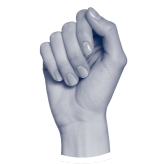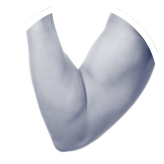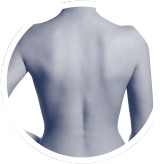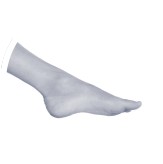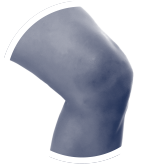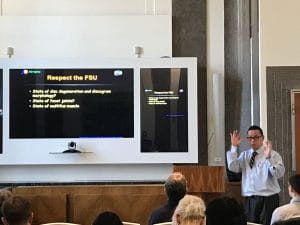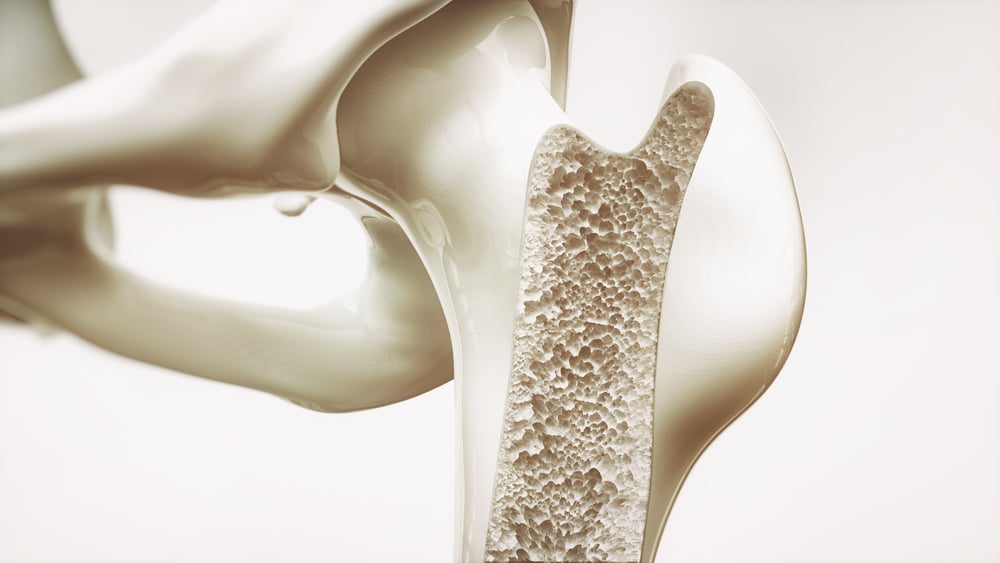
Fractures can occur in everyone. If you have a serious accident while playing sports or a car crash, the force of an impact has to be severe enough to bend the bone to the point it cannot withstand. When this occurs, the bone can crack or break completely. Normally, in younger people, only an impact of great magnitude could cause a bone to fracture. However, elderly people appear to be more likely to suffer fractures that occurred from the smallest of accidents. Why is this?
Osteoporosis
Osteoporosis is the condition where the bone becomes weak and brittle. This means it takes a lot less force to cause a breakage.
Most people who have osteoporosis wouldn’t know they have it until they suffer their first fracture. This is why it’s known as the ‘silent’ disease. Elderly people are more likely to suffer from osteoporosis
Why Are Older People More Likely to Get Osteoporosis?
Bones are constantly renewing and replenishing bone cells. The calcium in our bones is absorbed by our body to help with bodily functions. This means that the calcium it uses it must be replenished.
As we age, the ability to replenish the bone is less than what is absorbed by the body. This is due to the hormonal consequences of ageing, such as the decline of oestrogen during the menopause and testosterone. This reduces our bone mineral density. If it continues, it can lead to osteoporosis.
Elderly people are likely to suffer fractures in the:
- Hips
- Pelvis
- Wrists or forearms
- Bones in the spine
- Legs and ankles
- Hands
- Ribs
Other conditions and diseases can cause osteoporosis, such as coeliac disease with associated calcium malabsorption. When people have such diseases, osteoporosis can occur at any age.
Osteoporosis Combined with Increased Number of Accidents
Older people are more likely to fall. The combination of increased likelihood of vision impairment, side effects from medication, reduced reaction times and reduced muscle mass are all considered important factors.
This means that as the chances of osteoporosis increase with age, so do the chances of suffering an accident – making life-changing injury more likely.
According to the National Ageing Research Institute, 30% of older adults fall at least once a year and 70% of people aged over 70 accounted the total acute hospital inpatient costs.
This information is critical as those who have suffered fractures in the past are likely to suffer another fracture, due to the weakening of the bone.
How Do We Prevent Future Fractures?
- Prevention: Making sure older peoples’ homes are free from trip hazards and that their flooring has adequate grip – particularly where water is likely to be present.
- Exercise: Regular exercise that improves the balance and muscle mass of osteoporosis sufferers, such as Tai Chi, will benefit them greatly. It will reduce the likely hood of dizziness and falls. Resistance exercises are also good to help bone mineral growth.
- Nutrition: diets that are high in dairy (three servings of calcium a day) and adequate vitamin D will help bone mineral be absorbed into the bone and strengthen them.
- Daily routine: Get as much sun exposure is a great source of vitamin D. However, make sure you are aware of skin cancer risk and use sun cream.
- Medication: Your doctor may discuss an option called ‘bone active’ medication. This slows down the rate that the bone breaks down as we age. Combined medication with lifestyle changes, the risk of fractures in older people reduces dramatically!
For more orthopaedic news, follow London Bridge Orthopaedics on Twitter, Facebook and LinkedIn.


